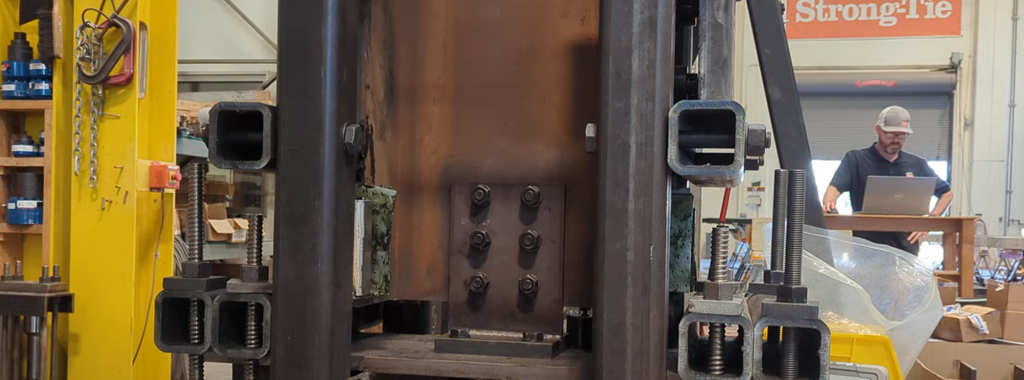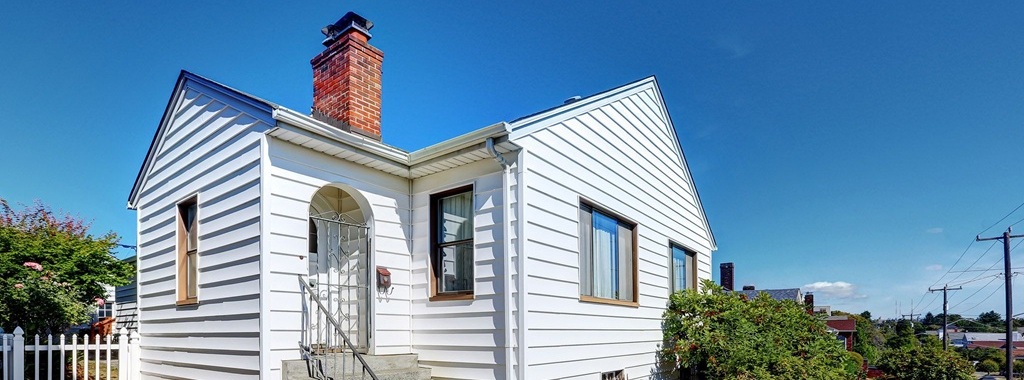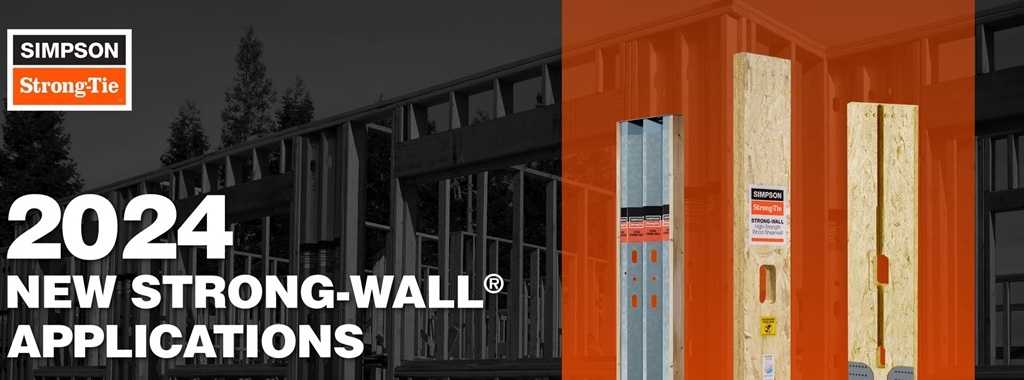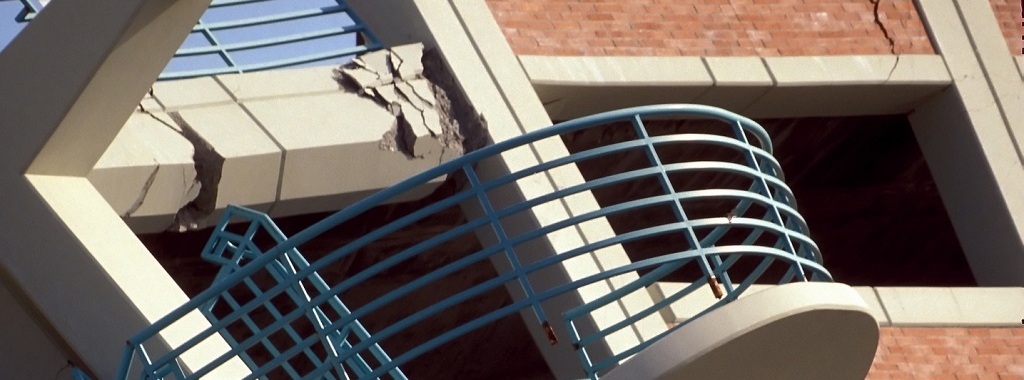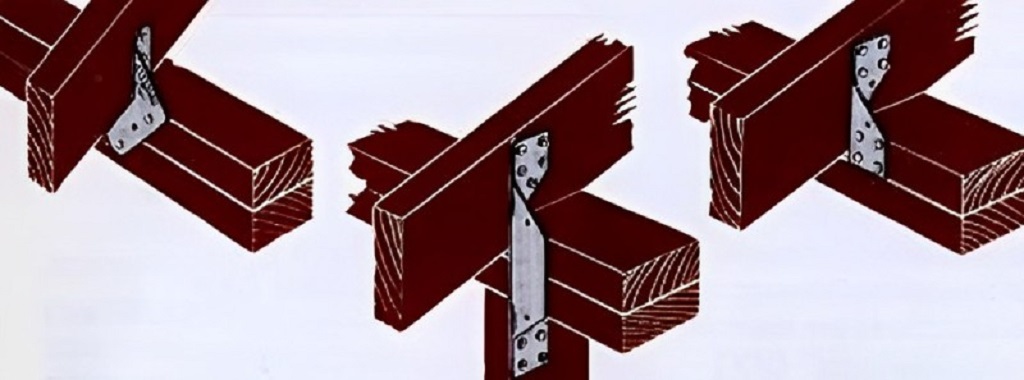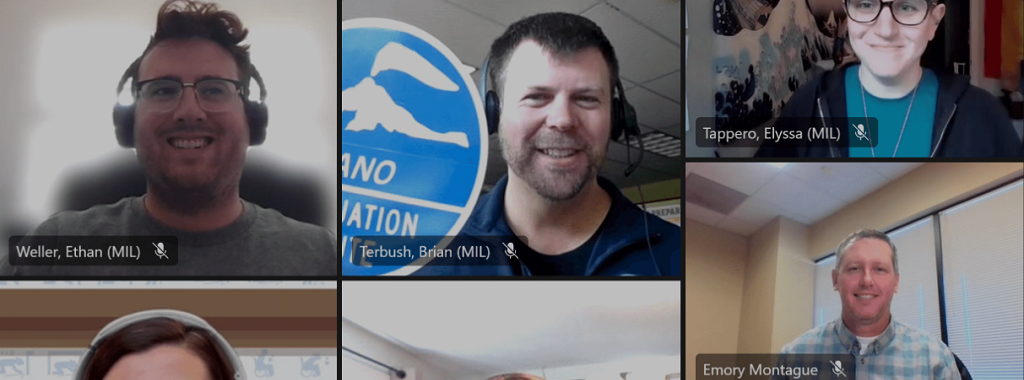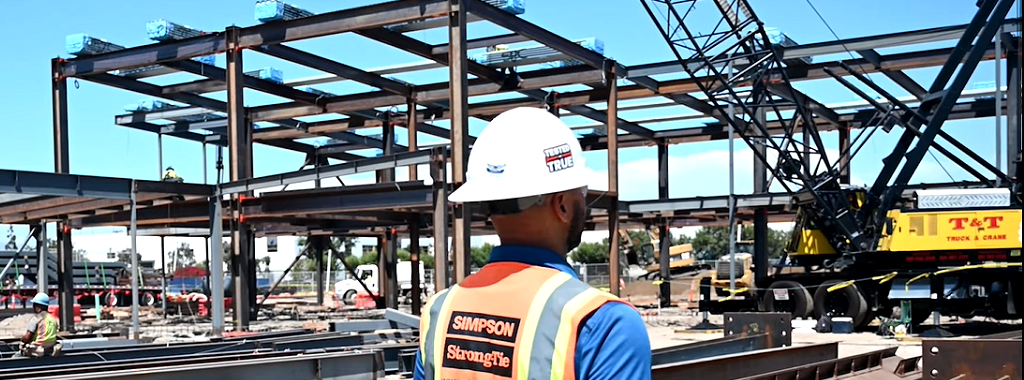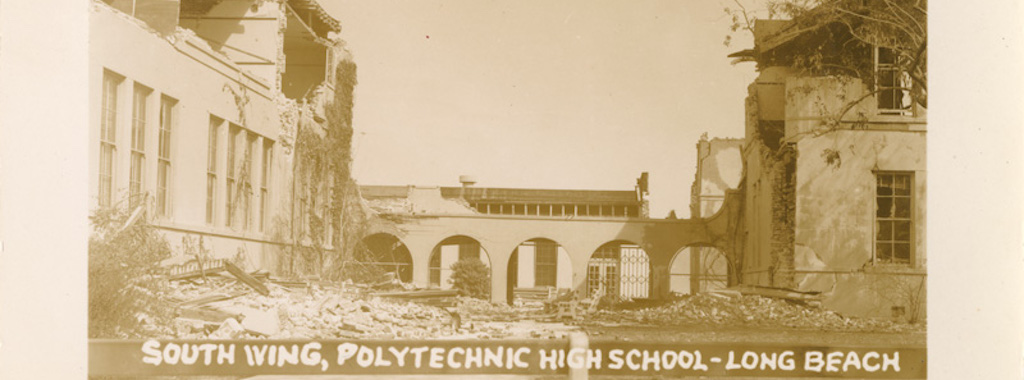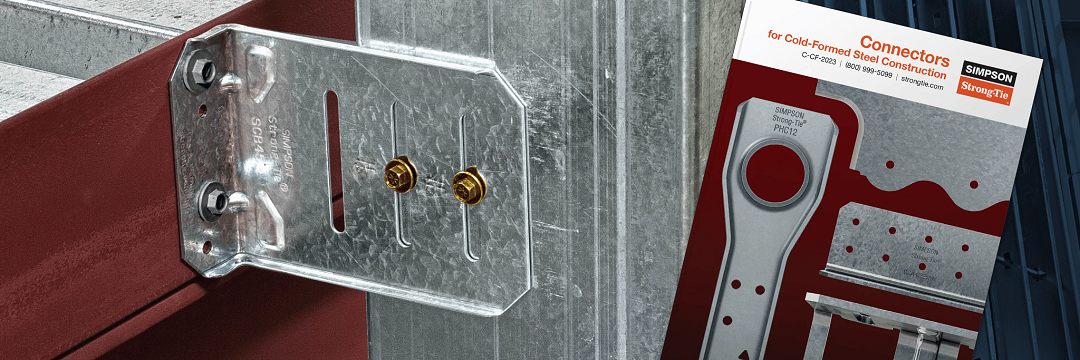Moment connections are a common lateral system in structural steel design, offering the advantage of unobstructed sight lines and clear passageways. However, they often come with significant cost and labor demands. Fully welded moment connections require extensive beam preparation, welding, and inspection, while common bolted solutions, such as flange-plated and end-plate moment connections, still involve welded components, leading to installation and fit-up challenges.
Tag: seismic
Earthquake Retrofit Solutions and Resources Webinar
In this post, we follow up on our November webinar, Earthquake Retrofit Solutions and Resources Webinar, by answering some of the interesting questions raised by attendees.
Strengthen Your Designs with the Latest Strong-Wall® Applications Webinar
In this post, we follow up on our October webinar, by answering some of the interesting questions raised by attendees. During the webinar, we discussed the latest Strong-Wall applications and innovative design strategies to help you optimize your structural designs. We walked through key updates, showcasing how our enhanced Strong-Wall solutions can streamline the design process while improving structural performance and compliance.
30 Years After Northridge: Lessons, Progress, and Community Resilience
Rachel Holland, a Simpson Strong-Tie engineer, reflects on the profound impact of the Northridge earthquake in Southern California on January 17, 1994. Living just 8 miles from the epicenter, the earthquake shaped her perspective on natural disasters and inspired her journey into engineering. In an interview, she shares her vivid memories of the chaos, destruction, and challenges faced during the aftermath. Hear how this seismic event played a pivotal role in shaping Rachel’s career and influencing her commitment to structural engineering.
Eleventh Day of Trivia — Foundation Retrofit Plates
While working as a structural engineer in San Jose, California, I had the great opportunity to design many retrofits of historic (and some not-so historic) buildings. Younger me loved the site visits, crawling around in the dust and dirt to create as-built drawings, and I got tremendous satisfaction from helping to make these buildings safer and stronger. Older me would not enjoy the crawling so much.
Second Day of Trivia – Hurricane Ties
I recently wrote about the H1A hurricane tie in this post, which discussed the original H1 hurricane tie first appearing in 1972, and the subsequent changes over the years that led to our current H1A. The original H1 along with the H2 and the H3 were the first products to appear under the label “hurricane ties” in our catalog.
ShakeOut Day Special: Building Resilience for Earthquakes — AMA Highlights
Simpson Strong-Tie was excited to join the annual Reddit AMA event hosted by experts in the Pacific Northwest last week to bring awareness to the International ShakeOut Day happening on October 19, 2023. This worldwide occasion sees millions participating in earthquake drills at work, school or home, emphasizing earthquake safety with the “Drop, cover & hold on!” practice. Our panel consisted of scientists and preparedness experts from government agencies in Washington and Oregon. They focused on addressing inquiries related to earthquakes, tsunamis, the ShakeOut drills and general preparedness, covering both structural and nonstructural aspects, including ShakeAlert Earthquake Early Warning activities in the Pacific Northwest.
Simpson Strong-Tie® Yield-Link® Moment Connection Case Study: Rose Avenue Elementary
Structural engineers for the Rose Avenue Elementary School project in Oxnard, California, a high seismic zone, chose to switch from special moment frames requiring welded connections to the Simpson Strong-Tie Yield-Link moment connection, which features bolted connections instead of onsite welding. This case study shares the experiences of structural engineers, fabricators and other project partners utilizing this innovative solution for structural steel construction.
90 Years Later — How the Long Beach Earthquake Changed California’s Approach to School Construction
On March 10, 1933, around dinnertime, a magnitude 6.4 (Mw) earthquake struck the Long Beach area of California just before 6 p.m., causing widespread damage and resulting in 120 fatalities. This earthquake became a turning point in the way that earthquakes and their impacts were understood and addressed in the western US.
Reviewing 2021 IBC Changes for Cold-Formed Steel Light-Frame Design
“Change is the only constant in life” and “When you are finished changing, you are finished” are quotes from the ancient Greek philosopher Heraclitus and Benjamin Franklin, respectively. I’m reminded of them as I review the numerous changes to codes and standards during the typical three to five-year development cycles. While code and standard changes can be challenging to incorporate into our work, they typically offer an improvement or expansion of design and construction solutions.



